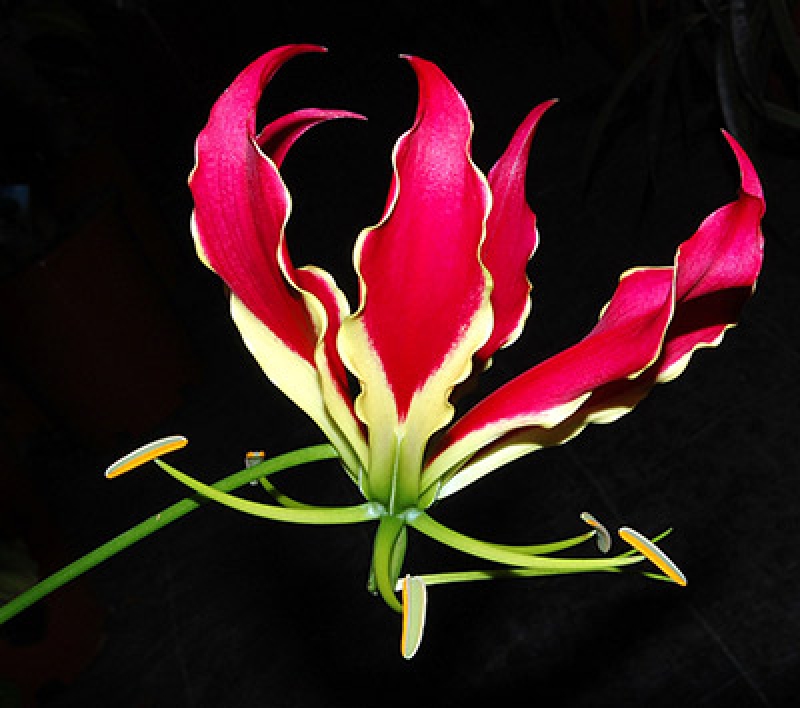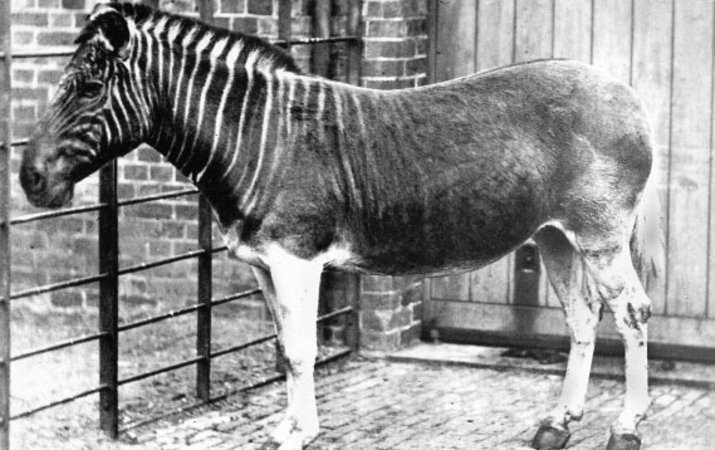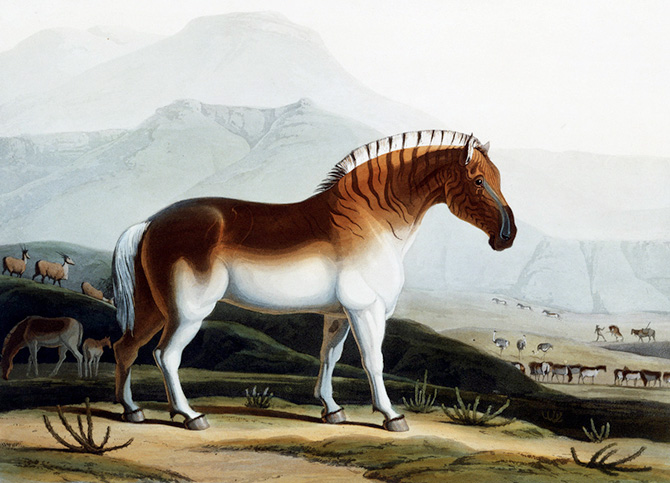Today in History: 1883 The last quagga dies in captivity at the Natura Artis Magistra zoo in Amsterdam
On the 12th of August 1883, the last Quagga died. It was not immediately recognized, as the mare expired, that she was the last of her kind. Although the name quagga refers specifically to an animal that looked like a common zebra that had run out of stripes on its hindquarter, it was often used, especially by Afrikaans speakers, to refer to any zebra.
As a result of this generalization, no one realized the significance of her death. It was as simple as that.
Like other animal species that disappeared in Africa during the 19th century, the quagga was hunted to extinction. It was the age of the great white hunter, when privileged Europeans with too much time on their hands and too much firepower at their disposal roamed Africa, killing indiscriminately.
Settlers in the new continent also hunted them. The colonials considered the quagga a pest, because it vied with their cattle for grazing land. Additionally, the meat was edible, and the hides were exported to the leather industry, making the quagga commercially viable.
While some accounts maintain that the quagga was deliberately exterminated, this does not appear to have been the case.
The hide of the last quagga, the one that had lived at the Amsterdam Zoo since 1867, is among 23 still extant. Her skull is also preserved. With the exception of one specimen in Cape Town and another in Kazan, the hides are scattered throughout Europe in museums.
Extinction means forever, but in the quagga’s case there is hope for resurrecting a close approximation to the original, if not the original itself. Since 1987, a breeding project has been under way in South Africa to produce an animal with the physical characteristics of the quagga, particularly its yellowish-brown color and the unusual striping pattern.
This is only possible because of DNA testing, which showed that the quagga was not a distinct zebra species as once believed, but one of several subspecies of Plains zebra. Through selective breeding of these close relatives, the project has succeeded in producing animals that closely resemble the original quagga.
Source: Quaggaproject.org
*Image: The Quahkah, by Samuel Dani


